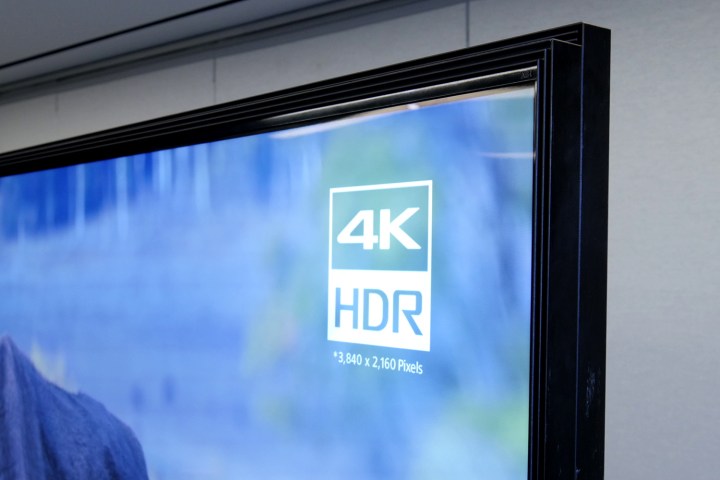The acronym HDR stands for High Dynamic Range. Turning on your HDR means that your apps, games, and even movies are clearer. To use HDR, you will need to turn it on and set it up to use external displays.
Turning on HDR in Windows 10 isn’t as hard as it might seem. In this guide, we give you step-by-step instructions. We even give you directions to hook up Windows 10 capabilities to external displays.
Step 1: Connect any necessary displays

HDR is particularly useful if you connect your Windows computer to an external display to play movies or games. If this is the case, start by connecting your HDR-compatible display to your Windows 10 computer. The better the connection quality, the better your
If you want to enable HDR right on a Windows 10 laptop or built-in display, you don’t have to worry about connecting a display — but you do have to make sure your laptop has the necessary display requirements. That includes a resolution of at least 1080p and a max brightness of 300 nits or more.
For both built-in and external displays, your Windows 10 computer must have a graphics card that supports PlayReady 3.0 hardware and 10-bit decoding capabilities. If your Windows computer is from 2017 or newer, you are probably fine. Otherwise, you may not be able to run HDR content.
Finally, if you are using a Windows 10 laptop, make sure it is plugged in before you begin. Windows 10’s settings are designed only to use HDR when the laptop is plugged in because of the extra power drain. You can technically run
Step 2: Head to Display settings and pick the right display

Open Windows 10’s Settings menu, which you can find in the Start menu, or search for it in the search bar.
One of the first icons you should see in Settings will be System. Select it.
In System, the top menu option should be Display. The system naturally opens into the Display window, so you should already be there. The first option you should see in the Display window is an option that says Select and Rearranges Displays (as long as you have an additional display connected). Use the Identify and Detect buttons in this section as needed to find and select your HDR-compatible display.
If you are working to enable HDR on a built-in display, you don’t need to worry about choosing the right display. Again, make sure that your computer is plugged in, updated, and compatible with
Step 3: Enable all HDR settings that you need

The section below Select and Rearrange Displays should be Windows HD Color Settings. Select this to go to the Windows HD color window.
Once you reach the Windows HD Color settings, the menu’s first option should be selecting a display under Choose Display. Make sure you choose the correct one in the drop-down tab. Below that is Display Capabilities, where you’ll toggle Play HDR Games and Apps and Stream
Note that these directions are for the most recent version of Windows 10. But the path to enabling HDR is relatively similar for earlier versions. The way things are labeled might be a little different, but it will be the same general process.
Step 4: Make sure HDR is enabled on all your other devices

If you’re using other devices, you’ll need to make sure they’re compatible with HDR mode and that
Editors' Recommendations
- Microsoft announces a new threat to push people to Windows 11
- How to change your Zoom background on Mac and Windows
- Fullscreen vs. Windowed borderless: which is best for gaming?
- How to choose between a MacBook and a Windows laptop
- How to use cut, copy, and paste keyboard shortcuts in Windows




